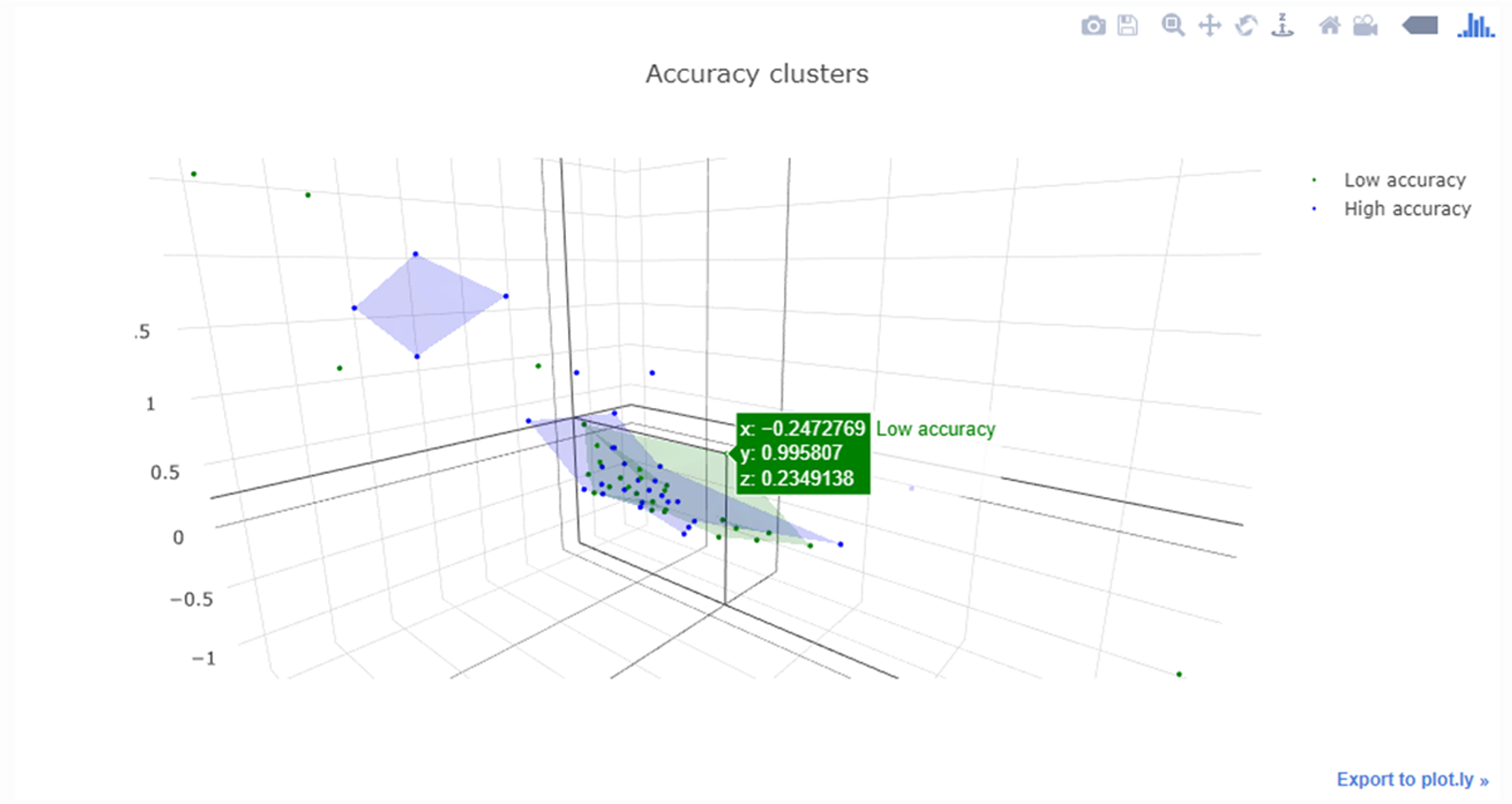Difference between revisions of "Template:Article of the week"
Shawndouglas (talk | contribs) (Updated article of the week text) |
Shawndouglas (talk | contribs) (Updated article of the week text) |
||
| Line 1: | Line 1: | ||
<div style="float: left; margin: 0.5em 0.9em 0.4em 0em;">[[File: | <div style="float: left; margin: 0.5em 0.9em 0.4em 0em;">[[File:Fig11 Davies PLOSCompBio20 16-11.png|240px]]</div> | ||
'''"[[ | '''"[[Journal:Using interactive digital notebooks for bioscience and informatics education|Using interactive digital notebooks for bioscience and informatics education]]"''' | ||
Interactive digital notebooks provide an opportunity for researchers and educators to carry out data analysis and report results in a single digital format. Further to just being digital, the format allows for rich content to be created in order to interact with the code and data contained in such a notebook to form an educational narrative. This primer introduces some of the fundamental aspects involved in using [[Jupyter Notebook]] in an educational setting for teaching in the [[bioinformatics]] and [[health informatics]] disciplines. We also provide two case studies that detail 1. how we used Jupyter Notebooks to teach non-coders programming skills on a blended master’s degree module for a health informatics program, and 2. a fully online distance learning unit on programming for a postgraduate certificate (PG Cert) in clinical bioinformatics, with a more technical audience. ('''[[Journal:Using interactive digital notebooks for bioscience and informatics education|Full article...]]''')<br /> | |||
<br /> | <br /> | ||
''Recently featured'': | ''Recently featured'': | ||
{{flowlist | | {{flowlist | | ||
* [[LII:The Application of Informatics to Scientific Work: Laboratory Informatics for Newbies|The Application of Informatics to Scientific Work: Laboratory Informatics for Newbies]] | |||
* [[Journal:Blockchain-based healthcare workflow for IoT-connected laboratories in federated hospital clouds|Blockchain-based healthcare workflow for IoT-connected laboratories in federated hospital clouds]] | * [[Journal:Blockchain-based healthcare workflow for IoT-connected laboratories in federated hospital clouds|Blockchain-based healthcare workflow for IoT-connected laboratories in federated hospital clouds]] | ||
* [[Journal:Informatics-driven quality improvement in the modern histology lab|Informatics-driven quality improvement in the modern histology lab]] | * [[Journal:Informatics-driven quality improvement in the modern histology lab|Informatics-driven quality improvement in the modern histology lab]] | ||
}} | }} | ||
Revision as of 17:10, 7 March 2022
"Using interactive digital notebooks for bioscience and informatics education"
Interactive digital notebooks provide an opportunity for researchers and educators to carry out data analysis and report results in a single digital format. Further to just being digital, the format allows for rich content to be created in order to interact with the code and data contained in such a notebook to form an educational narrative. This primer introduces some of the fundamental aspects involved in using Jupyter Notebook in an educational setting for teaching in the bioinformatics and health informatics disciplines. We also provide two case studies that detail 1. how we used Jupyter Notebooks to teach non-coders programming skills on a blended master’s degree module for a health informatics program, and 2. a fully online distance learning unit on programming for a postgraduate certificate (PG Cert) in clinical bioinformatics, with a more technical audience. (Full article...)
Recently featured:










